Stretch Marks: Types, Causes, & How To Manage And Reduce Them
Love your stretch marks and embrace your skin with care and confidence.

Image: Shutterstock
Stretch marks are nothing to be ashamed of. They are a mark of how much you and your body have grown. There are many causes of stretch marks, like pregnancy, weight changes, and genetics. These marks appear as thin, lengthy, flowing lines on the skin. They start out crimson and progressively turn white. Stretch marks are permanent, but you can prevent the appearance of new ones. In this article, we will go through how stretch marks occur, their different types, and how to deal with them. Keep reading!
In This Article
What Are Stretch Marks And How Are They Formed?
Stretch marks appear when the skin is stretched and ripped at the dermis level, the second and the thickest skin layer, beneath the epidermis (top layer) (1). They are also known as striae distensae. They appear as reddish-purple and white lines and often lead to collagen and elastin (fibers responsible for skin elasticity) loss (2). These marks are mainly found on the thighs, breasts, abdomen, knees, calves, and hips in women. They can be classified into two types striae rubrae (the acute stage) and striae albae (the chronic stage) (3).
Key Takeaways
- Stretch marks are the reddish-purple and white lines that appear when the skin is ripped and stretched just beneath the surface.
- They can be a result of weight gain, genetics, or pregnancy and are mostly found on the thighs, breasts, and abdomen.
- The best way to fade early stretch marks is to use an anti-stretch marks cream and keep your skin moisturized with vitamin A or hyaluronic acid.
Types Of Stretch Marks
1. Striae Rubrae
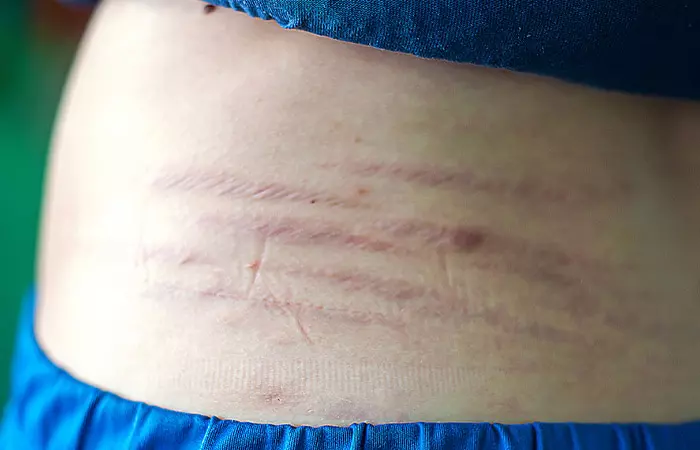
This is the acute stage of stretch marks and the early indication of overstretched skin. It is characterized by red flares and stretched lines developing perpendicular to the direction of the skin tension. These early stretch marks often itch.
2. Striae Albae

his is the chronic or mature stage of stretch mark development. The lines appear faded, pale, wrinkled, and hypopigmented. The stretch marks develop a scar-like appearance and become more prominent at this stage. They are permanent.
The causes of stretch marks are associated with tissue stretching. Several factors may increase your likelihood of developing them (3). Lets take a look at them below.
Causes Of Stretch Marks
Anyone can develop stretch marks at any point due to the following factors:
- Weight Gain Or Loss: Sudden and extreme weight loss or gain may affect skin elasticity and lead to stretch mark formation.
- Adolescence: Sudden growth spurts may occur during puberty and adolescence. This may stretch the skin in specific areas and is a common factor behind stretch marks in teenagers.
- Family History: If you have a family history of stretch marks, you too may develop them.
- Chronic Steroid Use: Corticosteroids help reduce inflammation and are often used to treat conditions like dermatitis and eczema. However, steroids may affect the skin’s collagen levels and lead to stretch marks.
- Cushing’s Syndrome: Health conditions like Cushing’s syndrome increase your body’s cortisol levels and lead to stretch marks.
- Marfan Syndrome: This condition weakens the skin tissues. As a result, the skin loses elasticity and develops stretch marks.
- Pregnancy: The weight gain and loss during and after pregnancy leads to stretch marks.
Now you know the causes, let’s look at how you can manage stretch marks. However, remember that medical treatment and home remedies may work on early stretch marks (the reddish and purple stretch marks)??and not on white stretch marks.
How To Manage Stretch Marks
1. Medical Treatments
Medical treatments like laser therapy, acid peel treatments, collagen injections, laser lipolysis, radiofrequency techniques, and microdermabrasion are suggested for fading stretch marks. These targeted treatments reduce deep discolorations on the skin or remove the top layer of damaged skin. They may reduce the appearance of stretch marks but not eliminate them. Using topical creams may increase skin elasticity and boost collagen production and help fade stretch marks.
Your dermatologists may recommend one of the following medical treatments to help improve the appearance of stretch marks:
- Cosmetic Surgery
Cosmetic procedures such as laser therapy use infrared or red light beams to stimulate collagen production and increase blood flow to the area to help improve the appearance of stretch marks (4).
- Chemical Peel
Salicylic acid and retinol peels may help exfoliate damaged skin and promote collagen production to minimize the appearance of stretch marks (5).
- Tretinoin
Tretinoin is a potent derivative of vitamin A that aids in skin renewal and improves elasticity to reduce the appearance of stretch marks. (3). You may include it in your routine after consulting with your dermatologist.
2. Natural Remedies
If you want to know how to get rid of stretch marks naturally, you may try some commonly used home remedies.natural remedies to reduce early stretch marks. Moisturizing ingredients like plant oils (shea and cocoa butters, coconut, almond, and olive oils) may boost skin elasticity and collagen production to reduce stretch marks. However, the efficacy of natural remedies for stretch marks is purely based on anecdotal evidence. Many have claimed that almond oil, aloe vera, sugar, coconut, and castor oils prevented stretch marks formation and improved early stretch marks.
 Quick Tip
Quick TipHere are some general care tips for you to follow to reduce the appearance of stretch marks.
General Care Tips To Reduce Stretch Marks
- Use topical vitamin A (retinoid) creams and hyaluronic acid to hydrate the skin. Moisturization is crucial to maintain skin elasticity and decrease the chances of developing stretch marks.
- Use anti-stretch marks creams. They contain moisturizing ingredients and are easily available. For best results, use them as instructed on the package.
- Avoid crash diets or heavy binges. Crash diets may cause extreme weight loss, while binges can cause immediate weight gain.
- Try to work on stretch marks when they are at their initial stage and appear reddish-purple. Early stretch marks respond well to treatment.
- Avoid using topical creams and steroids without consulting a dermatologist. They can suggest the best treatment as per your skin type and type of stretch marks.
- Drink plenty of water to ensure your body and skin stay hydrated.
 Quick Tip
Quick TipHere are some symptoms to look out for when checking for stretch marks.
Symptoms And Diagnosis
The symptoms of stretch marks may differ depending on how long you have developed them. You may look for:
- Red, pinkish, blue, and purple streaks on the body.
- Long lesions on the hips, abdomen, breasts, arms, and calves.
- Red lines fade and become white. The dermatologist may ask for additional tests to ensure they are not a symptom of other medical conditions like Cushing’s syndrome and Marfan syndrome.
When To See A Doctor
If you are concerned about the appearance of stretch marks, and if they do not respond to home remedies, consult a dermatologist. They can help determine the exact reasons for your stretch marks and suggest treatments to effectively reduce them. Moreover, before going for medical treatments, it is crucial to discuss the outcomes with the doctor.
Even with the right treatment, it may take some time for the stretch marks to fade away.
How Long Does It Take To Fade Stretch Marks?
With the right treatment and proper skin care, early stretch marks may lighten in 7-9 months. However, they may not be eliminated but may fade over time.
Stretch marks develop when the skin is stretched beyond its capacity which results in the collagen and elastin fibers tearing and the development of red stretch marks. Some of the causes of stretch marks include puberty, weight gain or loss, pregnancy, or medical conditions. You can opt for medical treatments such as collagen injections, laser therapy, or chemical peels to treat early stretch marks. You can also use simp[le ingredients such as aloe vera, shea butter, or olive oil to boost collagen production, hydrate the skin and reduce the appearance of stretch marks. Consult a doctor before you opt for any medical treatment.
Frequently Asked Questions
Can stress cause stretch marks?
Yes, physical stress on the skin can cause stretch marks.
What foods give you stretch marks?
Eating certain foods cannot cause stretch marks. However, you can consume lean proteins, vegetables, and fruits and avoid consuming processed foods and sugar to maintain healthy skin.
Do stretch marks go away with weight loss?
No, stretch marks do not go away with weight loss.
Embracing one’s stretch marks can foster self-acceptance and body positivity. The video below discusses types of stretch marks and how they occur. Learn about their different apperances and the differences between them from a doctor. Check it out!
References
Articles on StyleCraze are backed by verified information from peer-reviewed and academic research papers, reputed organizations, research institutions, and medical associations to ensure accuracy and relevance. Read our editorial policy to learn more.
- Stretch Marks And Treatment Efficacies,
https://www.jaad.org/article/S0190-9622(11)01358-2/fulltext - Striae Distensae: Whats New At The Horizon?,
https://www.bjmp.org/files/2016-9-3/bjmp-2016-9-3-a919.pdf - Topical Management Of Striae Distensae (stretch Marks): Prevention And Therapy Of Striae Rubrae And Albae,
https://www.ncbi.nlm.nih.gov/pmc/articles/PMC5057295/
- Management of stretch marks (with a focus on striae rubrae)
https://www.ncbi.nlm.nih.gov/pmc/articles/PMC5782435/
- Evaluation of Various Therapeutic Measures in Striae Rubra
https://www.ncbi.nlm.nih.gov/pmc/articles/PMC4924406/
Read full bio of Dr. Zeel Gandhi
Read full bio of Anjali Sayee
Read full bio of Ramona Sinha
Read full bio of Swathi E





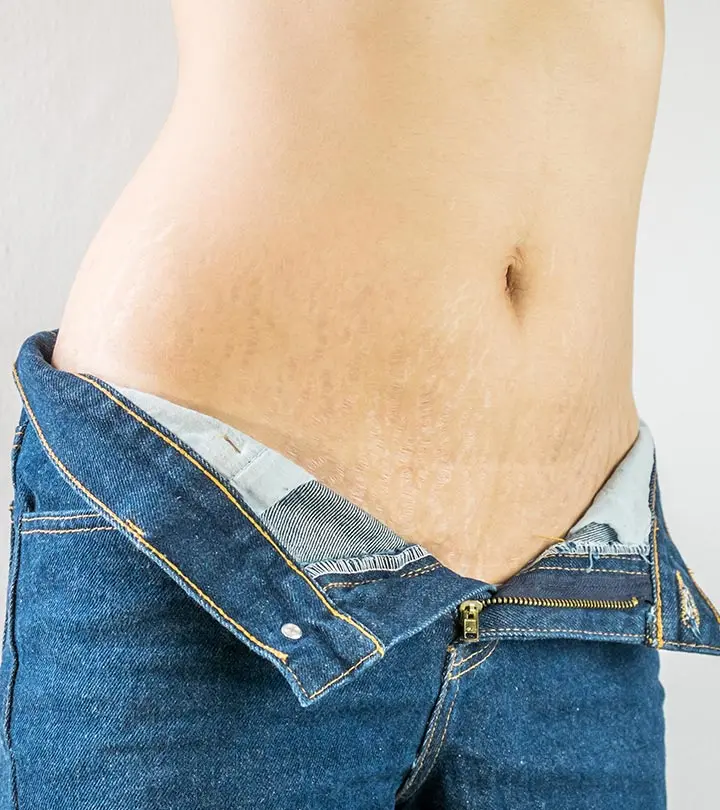

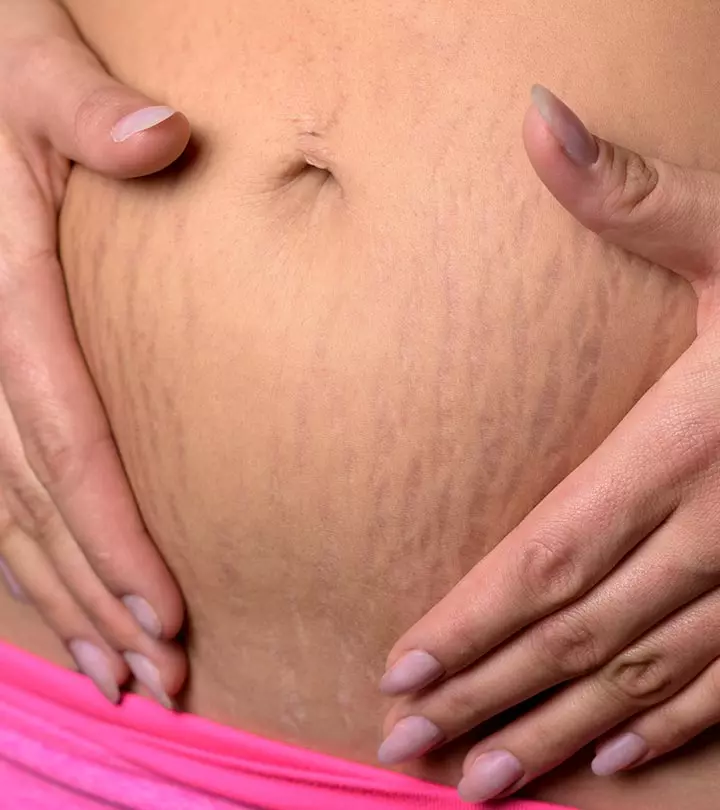
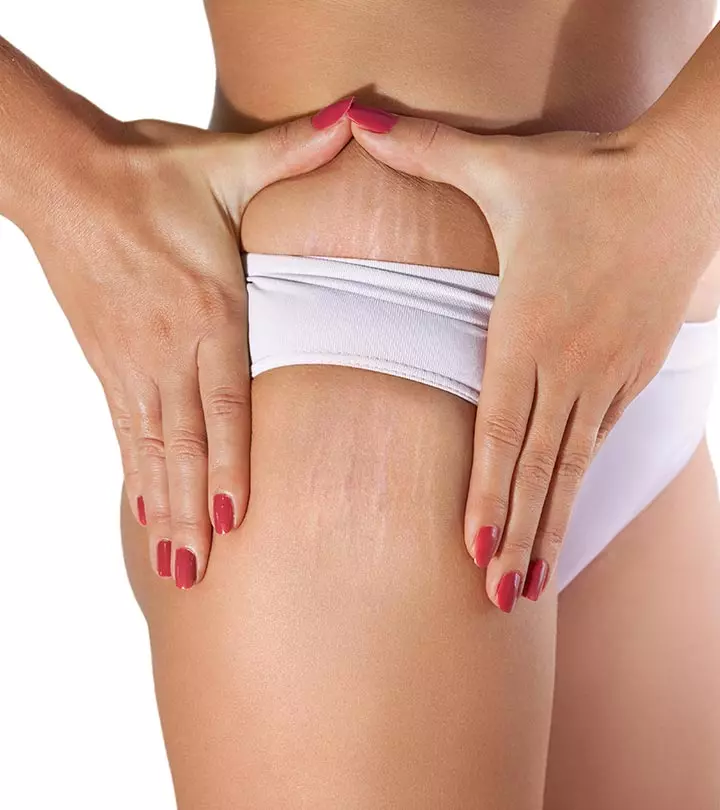
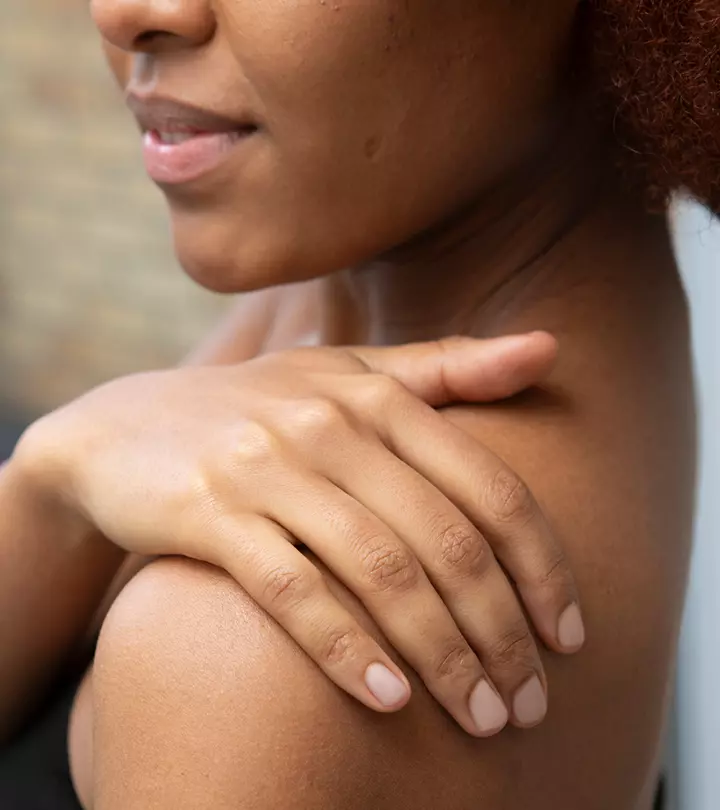





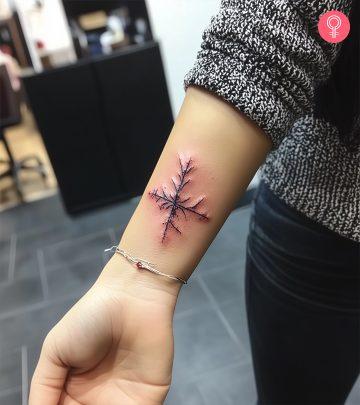
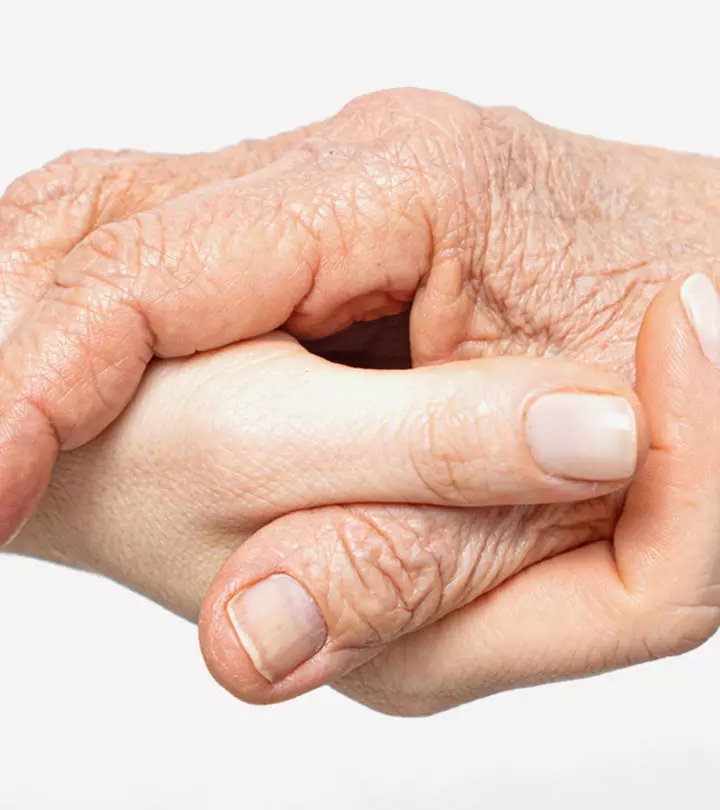


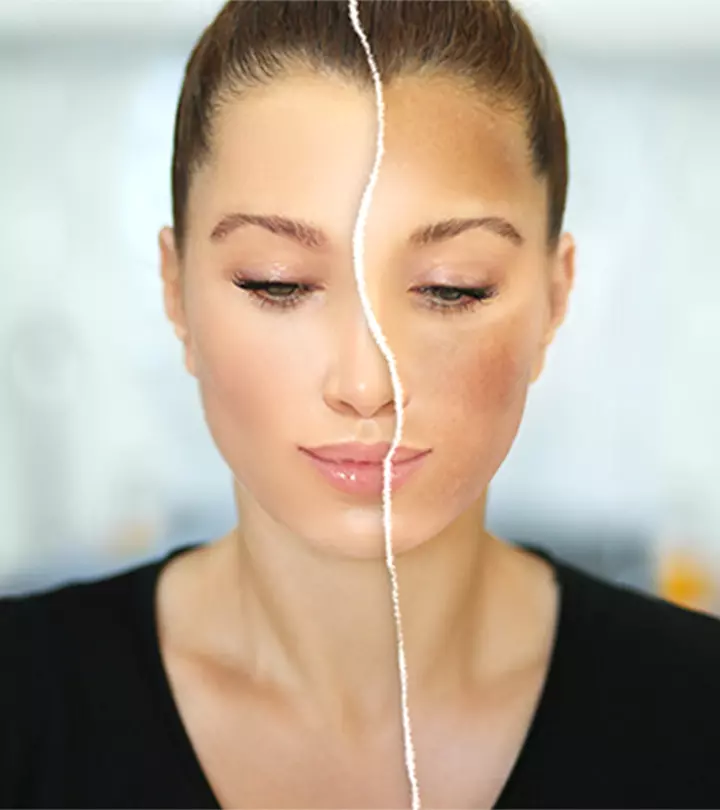
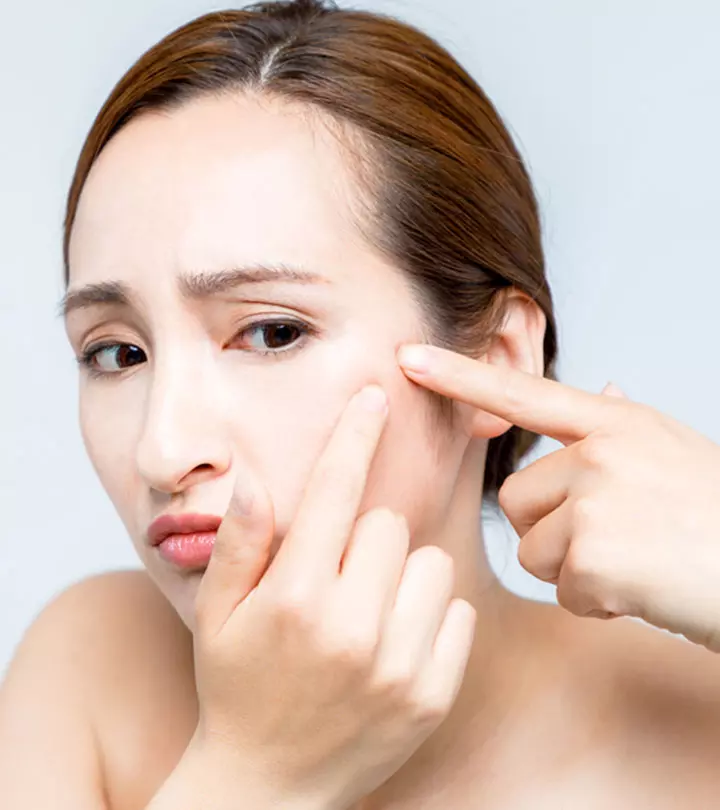
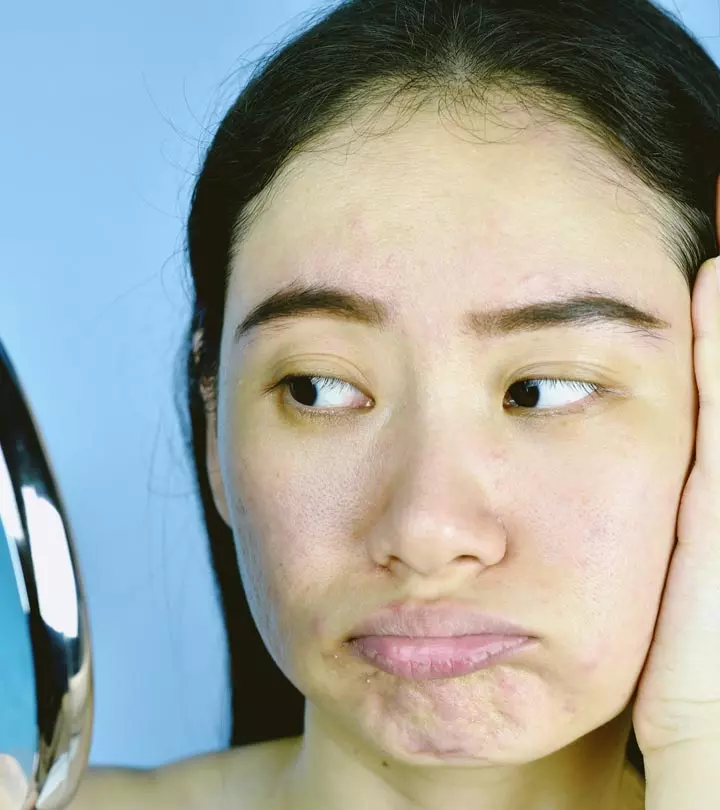
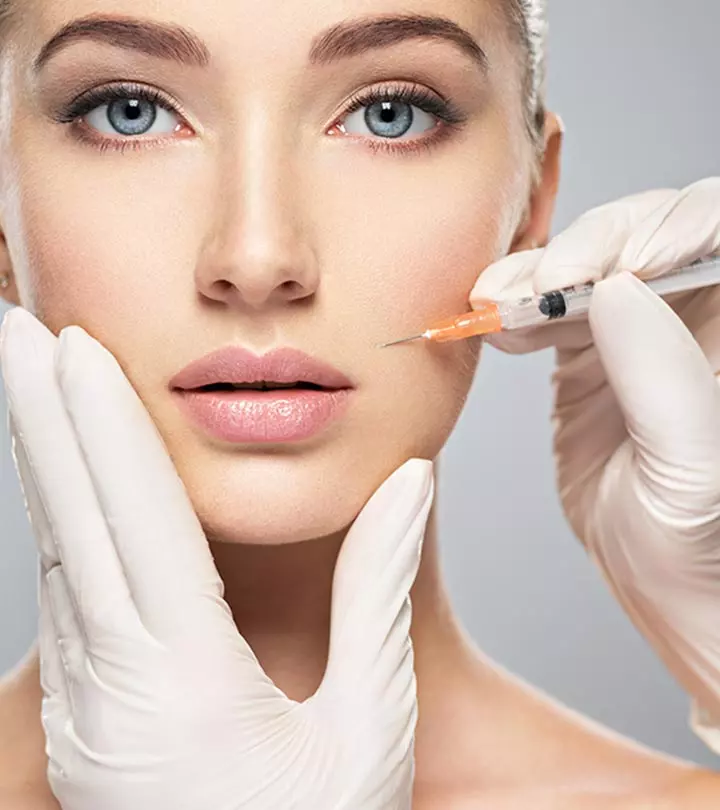




Community Experiences
Join the conversation and become a part of our empowering community! Share your stories, experiences, and insights to connect with other beauty, lifestyle, and health enthusiasts.